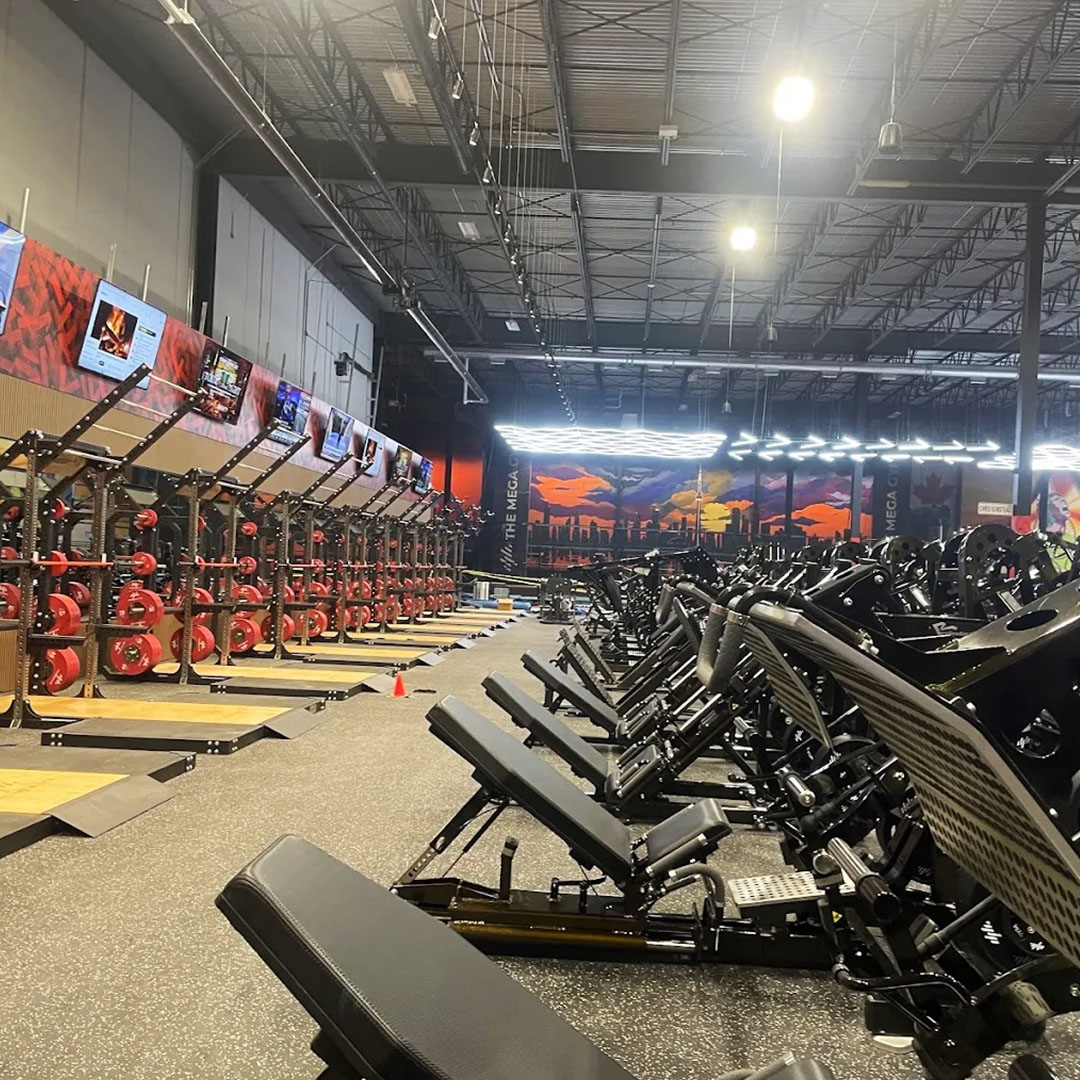Training to failure almost sounds like a self-defeating plan but muscle failure (in bodybuilding or weight training) is just another way of saying that the muscle is simply no longer able to perform another repetition. It refers to lifting weights to the point where a muscle can no longer contract concentrically.
Most regularly, people don’t train to complete failure, if you try to push a little harder you might be able to do another rep as your trainer suggests! Those who train up to complete muscle failure are usually bodybuilders or powerlifters, with a specific goal of building larger muscles. However, training to failure also has its pros and cons, knowing both the aspects is essential to whether or not training to failure is right for you.
What is Training to Muscle Failure?
Lifting more weights (as much the body can handle) is a primary way of body building muscles and pushing the body to lift heavier weights helps the muscle to adapt by growing bigger muscle fibers. The objective in training for muscle failure is to induce the most possible muscle growth by pumping maximum blood to the area.
The ultimate form of overload is to train for momentary muscle failure, recruiting motor units and muscle fibers. You don’t want to injure yourself, but recognize when your form is slipping and stop at that point. That is why many bodybuilders use this kind of training; having said that, this might not always be the best way to build muscle. So, before you decide to take this route to build muscles, let’s walk you through some basic considerations around training to failure.
How Often Should You Train to Muscle Failure?
There’s no straightforward answer to this because a lot of opinions differ. Training too hard and pushing your body way out of limits too often can be harmful, because it could lead to muscle damage, and nervous system fatigue.
Fitness professionals or trainers recommend training to failure for a week with three to four workouts in total followed by a very light recovery week before going back to your usual exercise routine for the remaining two weeks of the month.
REMEMBER, that this applies to only those who have been strength training consistently for months ( or even years). If you’re new to bodybuilding and weight-lifting, then training to failure should NOT be done yet.
Pros of Training to Muscle Failure
Training to failure is one of the most powerful tools in a bodybuilder’s training regime and several studies show there are some pros worth mentioning.
For example, according to a review of several studies, training to failure uses more motor units and this means an increase in muscle and strength gains over time. This scenario is very much beneficial for advanced lifters, especially for breaking through training plateaus but should only be something they do occasionally.
Because of this greater activation of motor units and secretion of growth-promoting hormones, training to failure could be something advanced bodybuilders would want to try.
A study also showed that advanced lifters experienced greater increases in muscle strength and mass when lifting to failure as compared to others who exercised without failure. All in all, training to muscle failure:
- Promotes muscular hypertrophy.
- Helps advanced lifters to break through training plateaus.
- Could boost muscle strength and mass.
Cons of Training to Muscle Failure
There are several drawbacks to failure training, and one of the most common one is that very little scientific evidence is available, despite being considered the cornerstone of resistance training.
In fact, over the years, a little research also says that it might have a detrimental effect on your overall fitness achievements.
A recent study conducted in 2018 into performance outcomes following resistance training shows that training to failure doesn’t produce positive results and also might reduce the effectiveness of the rest of the workout.
To sum it up, here are the cons of training to failure:
- Lack of research supporting its effectiveness.
- Could lead to damaged muscles (especially if no professional trainer is included).
- Practicing it often can put your body at risk for injury and overtraining.
- Training to failure hurts, it taxes your body and your mind, and it’s very hard to push yourself like that every time you practice (unless you’re motivated by a competition).
Tips for Effective Training
Instead of training to muscle failure all the time, you can include it in some exercises or during some of the workouts. This can be a way to focus on training intensity, rather than just integrating lifting.
You can also include failure training into regular workouts (under the guidance of a trainer) by picking a muscle group or an exercise (such as push-ups, biceps curls, or triceps dips) and seeing how far you can go. But, don’t stress about this, and remember that even if you don’t lift to failure, you’re still doing good for your fitness and body when you lift weights.






